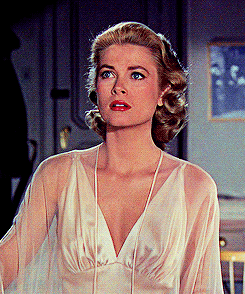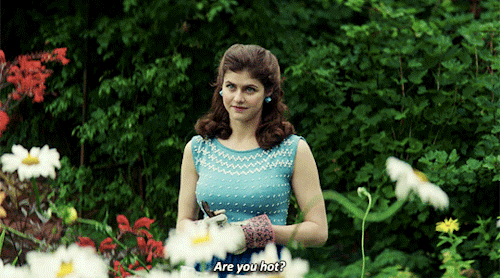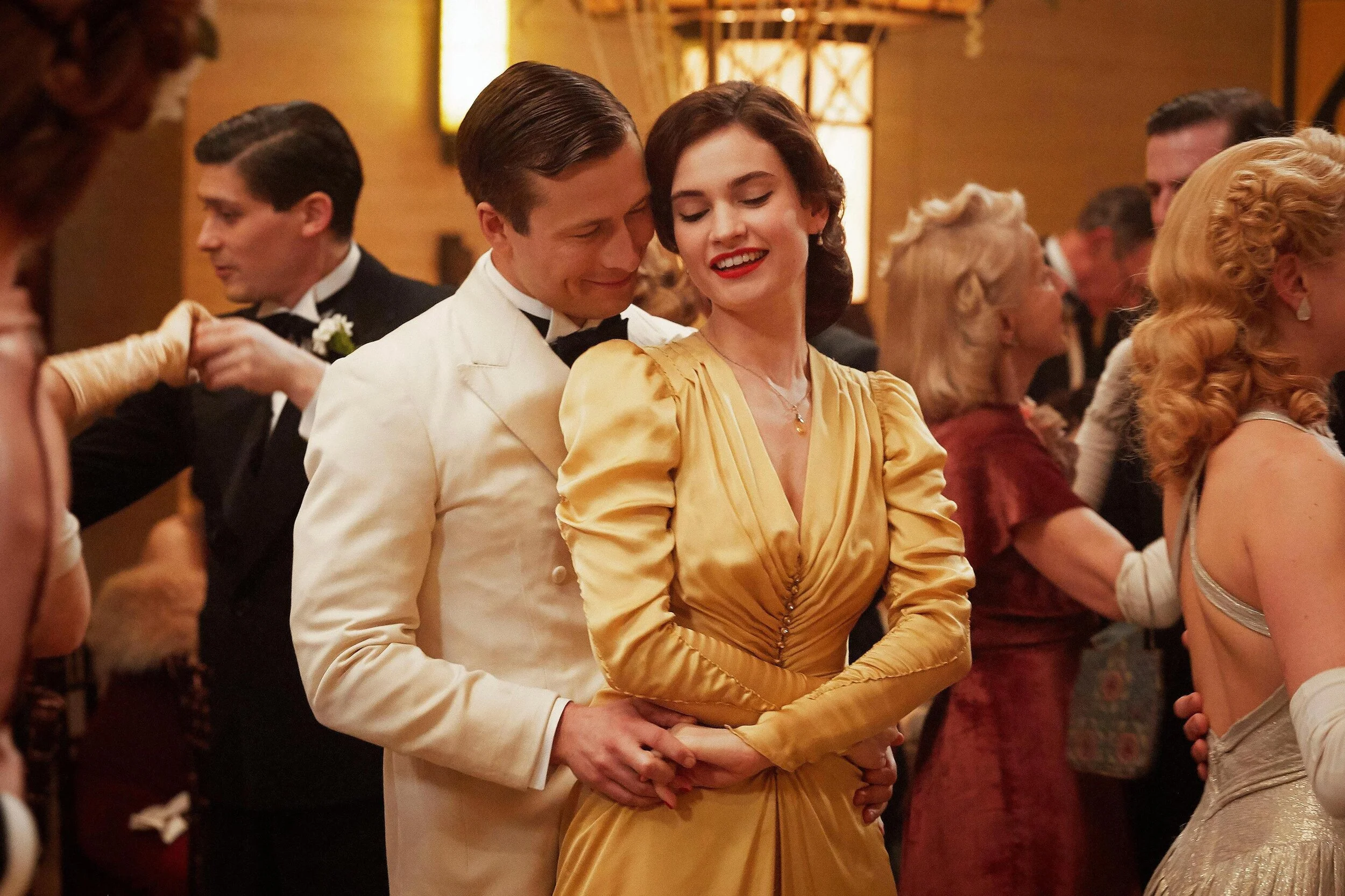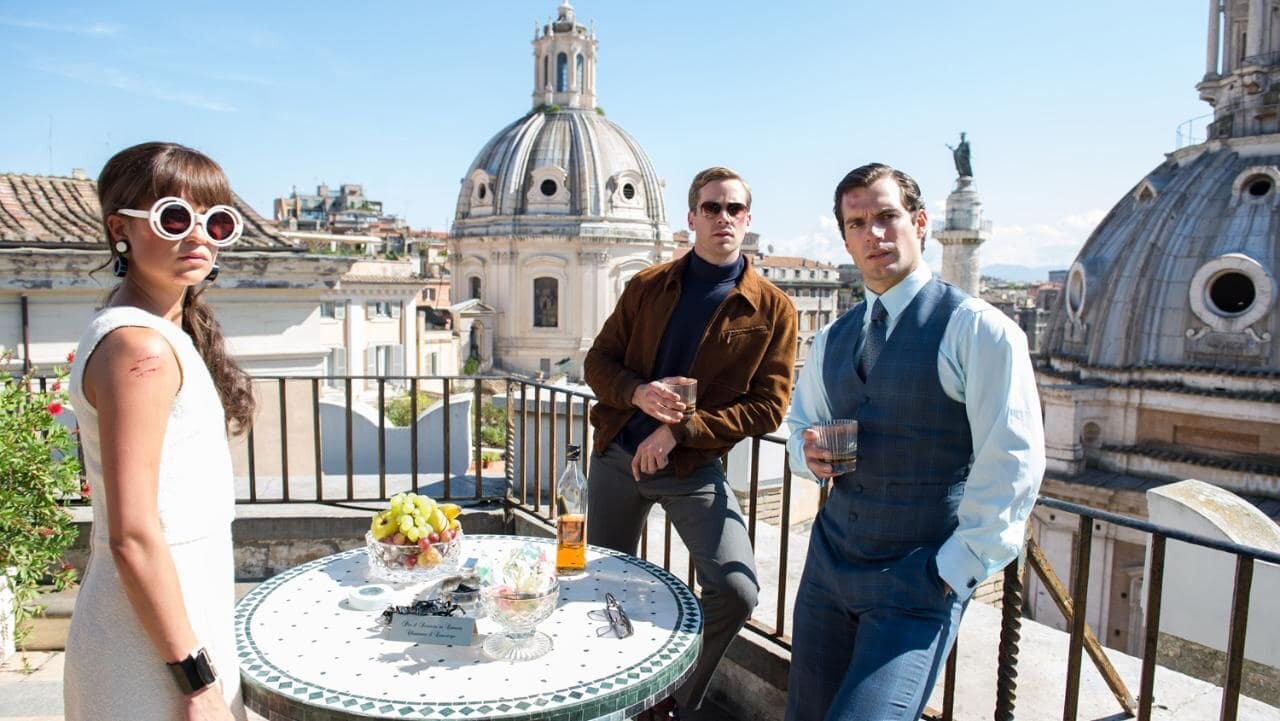Fashionable Times of the Past: 5 Movies to Watch Post-Midterms
We Have Always Lived in the Castle simultaneously shocks and entertains. Based on Shirley Jackson’s eponymous novel, the movie depicts a distraught family, as they succumb to superstition and absurdity. The youngest sister, Merricat, nails a book to a tree and buries evil objects in the woods. Uncle Julian rambles about the past and attempts to write a book. And the oldest sister, Constance, suffers from her reputation; she purportedly murdered the rest of the family, by placing arsenic in a sugar bowl.
Thus, only three members of the Blackwood family remain in the “castle”: two sisters and their deranged uncle. And then the Blackwood’s estranged cousin, Charles, arrives. And the Blackwoods’ lives begin to unravel.
However, despite the movie’s tension and dark undertones, it nonetheless succeeds in being truly funny. Constance is always immaculately dressed and poised; her beauty clashes with the fading glamour of the family’s mansion. Meanwhile, Merricat traipses through the woods in a loose green button-down, only returning to the castle, to demand lunch from her sister.
And the juxtaposition of these two characters - their conflicting personalities and self-presentations - elicits laughs. Constance bakes cakes and feebly tends to her “castle,” while Merricat’s child-like behavior demands constant attention. Dressed in tulle, pearls, and bold floral prints, Constance always looks as though she’s ready for a ball. Meanwhile, Merricat is obsessed with digging in the dirt. And as the movie progresses and the Blackwoods’ lives begin to fall apart, the viewer is pulled into a complicated world that is both thrilling and entertaining. And to top it off, the viewer enjoys 96 minutes of bold fashion and beautiful sets.



In 2016, I was worried that I’d seen the last of the Crawley family. But, to the great excitement of Downton Abbey’s fans, the Crawley family returns. And this time, they prepare for the arrival of King George V and Queen Mary - on the big screen.
Following such a successful six seasons, the movie had a big reputation to live up to. And to my great surprise, the movie undeniably succeeds. It is exactly what I had hoped for. Violet retains her snarky wit. Tom becomes entangled in a nefarious plot and searches for happiness. Mary grows into her role as head of the family. Daisy and Mrs. Patmore quibble. Anna and Bates instigate a staff rebellion. And viewers watch, as Barrow becomes a more complex and endearing character.
To loyal fans, the movie therefore exceeds expectations. Downton Abbey maintains its characteristic beauty and style; the cast is always immaculately dressed. Lady Mary wears everything from a professional, tweed vest and ribbon tie, to a feminine, Prussian blue Delphos gown (see the image above). Meanwhile, Lady Edith wears authentic 1920’s outfits. Mosley and Andy sport classy, royal uniforms. And Mrs. Patmore wears her characteristic chef’s cap.
And yet, the movie also possesses substance. Michael Engler’s film poses intelligent commentary on the nature of happiness and the many complexities of England’s strict social hierarchy. The movie also importantly exposes the brutal mistreatment of homosexuals in 1920’s England. Oscillating between dress fittings, silver polishing, and critical social commentary, the movie thus intertwines aesthetics with purpose. The movie is physically beautiful, without sacrificing substance. And of course, the outfits themselves are worth the watch.



“Royal women are not meant to grin like Cheshire cats.”
-Violet
A Netflix Original, The Guernsey Literary and Potato Peel Pie Society is an adaptation of one of my all-time favorite books. The plot follows the life of Juliet Ashton, a London writer who unexpectedly receives a letter from a mysterious pig farmer. This stranger found Juliet’s copy of Charles Lamb’s Essays of Elia, and the book provided comfort to him, during World War Two. A long correspondence between Juliet Ashton and Dawsey Adams thus ensues. And as they correspond, Juliet soon learns the story of the Guernsey Literary and Potato Peel Pie Society - a book club accidentally formed during the German occupation of the island of Guernsey.
In order to survive the German occupation and maintain a sense of community, the residents of Guernsey met to discuss books and eat potato peel pie. Thus, in addition to being a poignant historical drama and romance, the story also illustrates the power of books to combat suffering and build community. The movie is populated with complex, likable characters who bravely support each other, while enduring extraordinary suffering. And the movie is both a testament to the personal strength of the British people, during World War Two, and a paean to the written word.
And in addition to that, the movie is also filmed beautifully. The depiction of Guernsey’s green fields and beaches is stunning, while Juliet Ashton (Lily James) wears everything from a yellow satin dress and jewels, to a light grey jacket and beret. Meanwhile, Dawsey Adams (Michael Huisman) wears thick sweaters and a hat, succeeding in being both realistically dressed and stylish.



At the height of the Cold War, a thief-turned CIA agent, KGB Operative, and East German Mechanic unite, in order to prevent Nazi sympathizers from obtaining a nuclear weapon. And what ensues is a glamorous action adventure - complete with high speed chases, big sunglasses, and high fashion. The actors and actresses drive everything from sporty Jaguars and a Vespa motorcycle, to an Italian Riva Boat. Meanwhile, the East German mechanic, Gaby Teller (Alicia Vikander) wears vintage outfits and custom dresses, such as a a bright orange mini-dress (see below). To complete each outfit, Gaby also wears lots of accessories, from white Henry Holland sunglasses to a Marni handbag.
And the men are no less stylish. Both Napoleon Solo (Henry Cavill) and Illya Kuryakin (Arnie Hammer) are immaculately dressed. Solo wears G.J. Cleverly Oxfords, Thierry Lasry sunglasses, and wool suits from Holland & Sherry and Misan. Meanwhile, Illya wears a suede Ralph Lauren bomber jacket, turtlenecks, and a W. Bill wool cap.
A Guy Ritchie production, the movie is based off of the eponymous 1964 hit tv series. And it does not disappoint.



“So you’re a thief? I hope you wear a mask.”
-Victoria Vinciguerra
Viewers call this movie a classic for a reason. Intelligent and beautifully filmed, Alfred Hitchcock’s thriller depicts a pessimistic New York photographer, Jeff (James Stewart), who believes that he has witnessed a murder through his apartment window. Stuck in a wheelchair with a broken leg, Jeff is unable to leave his apartment. He thus occupies himself with constantly observing his neighbors from his rear window.
Jeff soon endorses help from his girlfriend, Lisa Fremont (Grace Kelly), and his insurance company’s nurse, Stella (Thelma Ritter), to solve the murder mystery. And what follows is a suspenseful mystery and a highly intelligent commentary upon the characters’ voyeurism.
And a significant highlight of the movie is Grace Kelly’s wardrobe. Over the course of the movie, she wears five different “outfits” - from a negligee to a famed V-neck, black Paris dress, designed by Edith Head. From full skirts of tulle and chiffon, to red lipstick and a light green skirt set, Grace Kelly stuns the viewer with her immaculate dress - adding even more aesthetic beauty to Hitchcock’s technicolor classic.
“We’ve become a race of Peeping Toms. What people ought to do is get outside their house and look in for a change.”
-Stella



Click here, for thumbnail image source.
















